
Winter Skin Care
As we begin the new year, we are faced with the core of winter upon us. Whether you are someone who loves the cooler weather or not, one thing we all have in common is the impact of the colder weather on our skin.
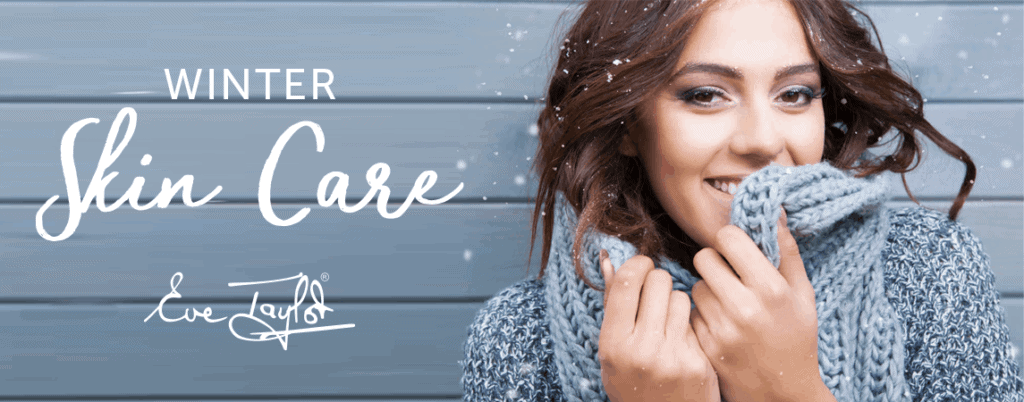
Written by Melissa Landry
As we begin the new year, we are faced with the core of winter upon us. Whether you are someone who loves the cooler weather or not, one thing we all have in common is the impact of the colder weather on our skin.
As the temperatures continue to drop, the harsh cold winds and icy temperatures can cause normal skin to experience some characteristics of dry skin and mild sensitivity, and those who already have dry to sensitive skin are now experiencing an amplification of those skin characteristics.
There are many factors that contribute to the overall drying and dehydration of the skin this time of year. The first and most obvious being the actual climate. The cold air which lacks humidity strips our skin of important lipids that keep our skin moisturized. On the other side when we come inside, or are travelling in our cars, we generally have our heating on this time of year. This also will cause a dry environment leading to flaking skin, dull appearance, and potential sensitivity.
Our skin is made of many components, an important one in relation to our drier skin is lipids. Our skin has a natural lipid layer that contributes to the protective barrier functions. These lipids are a combinations of ceramides(approx.40-50%), fatty acids(approx.20%), and cholesterol(approx.25%). They help provides the skin not only with moisture but also create a seal on the skin to help prevent water evaporation. During times where we are exposed to drier climates our lipid barrier is negatively impacted leading to dehydration. Without that natural lipid barrier our skin dries up and the skin experiences trans epidermis water loss (TEWL). Dehydration then causes the appearance of crepe looking skin along side the flaking skin and tight uncomfortable feeling of our skin drying out.
Another common occurrence is red flushed skin during winter. This can be caused by two main unique factors occurring this time of year. To begin, as we are continually coming in from the cold frigid air into a nice warm house or building, causing our body to adjust to the extreme temperature changes. This leads to the sensation of warming skin accompanied by the red flushing often seen particularly across the cheeks. As mention above, the loss of our lipid barrier also means we lose that natural first line of defense on our skin. This allows a variety of substances to be able to easily penetrate the skin causing inflammation as the lipids are not in abundance to slow down or stop irritants. This can now lead to that signature itchy irritated skin many people face this time of year.
The other key concern is UV rays. It is quite common for us to forget about solar protection during the winter months as we do not get burned like we do during summer. It is just as important to stay protected this time of year as there is another key factor that can amplify the damaging effects of the sun – snow. The white snow will reflect the UV rays and increase our exposure to them. There are two main types of UV rays we associate with the sun, UVA and UVB. One of the most problematic factors in skin health is UVA rays. They can penetrate down into the dermal (deep) layers of your skin and cause mass free radical damage, accelerate the aging process of the skin and lead to skin cancers.
Regardless of the degree of skin changes you are experiencing, there are several simple yet key steps you can take to be more comfortable in your skin while we wait for warmer weather to return.
The first step in our routines is cleansing our skin. It is not unusual for people to switch out their normal cleanser for something a little gentler during the colder months to accommodate the changes in their skin. If you are finding your skin feeling a bit tight after cleansing that is a good indicator you should use a different cleanser until the humidity increases in the atmosphere again. Many people will use gel-based cleansers especially during summer for a deep cleanse, but during the winter oil or cream-based cleansers are best. They will allow your skin to be cleansed in a gentle manner without over stripping or irritating the lipid barrier.
You could look for cleansers that contain humectants in them to boost hydration levels in the skin. Humectants are naturally found in our skin and are a popular component of skin care products. They will help attract water and hold it into the skin to increase water levels and diminish the appearance of crepe looking skin. These could be cleansers incorporating ingredients like alpha hydroxy acids (AHA’s), glycerin or honey(to name a few-there are many more).
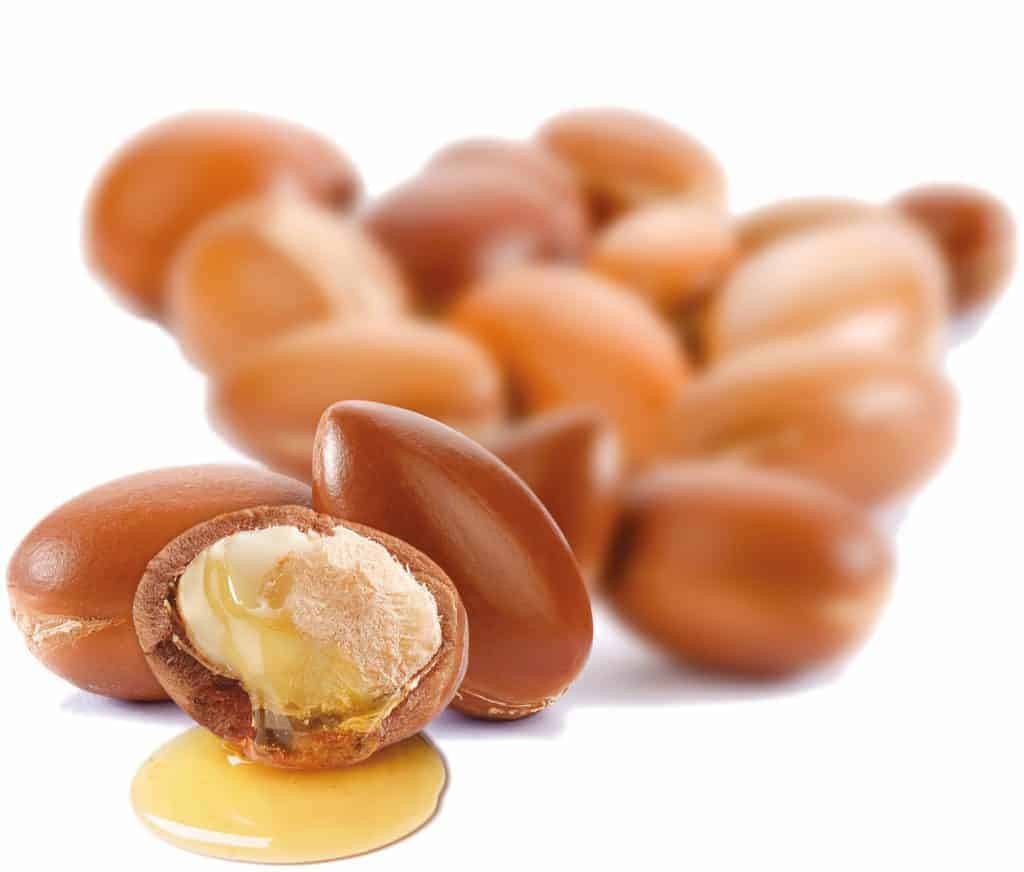
Cleansers rich in ingredients like cold pressed oils would also have increased benefits for skin suffering from winter weather. These oils such as avocado, soya, argan and many others will contain high amounts of fatty acids, two key ones being Linolenic and Linoleic, which will contribute to the overall moisture and functionality of the skin and reduce TEWL. They also will contain amounts of minerals, vitamins, and antioxidants to restore skin health back to optimal function.
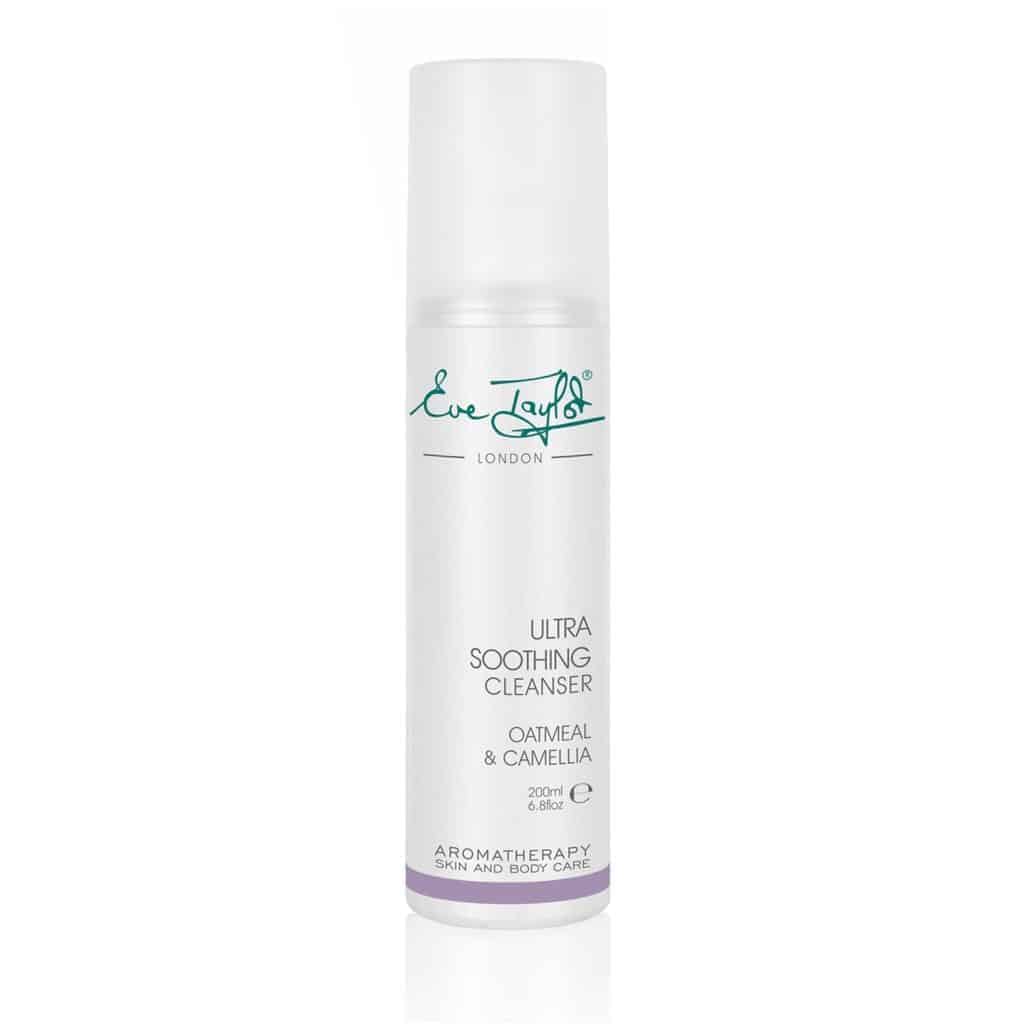
A good option for cleansing would be the Eve Taylor Ultra Soothing Cleanser. This cleanser is rich and full of hydrating and calming components. Key ingredients include colloidal oatmeal which will gently cleanse, bring down inflammation and restore barrier function. It also contains camellia and green tea to fight inflammation and free radical damage and sorbitol to act as a humectant on the epidermal (surface) layers of the skin. This cleanser is phenomenal for anyone experiencing extreme dryness, dehydration and irritation.
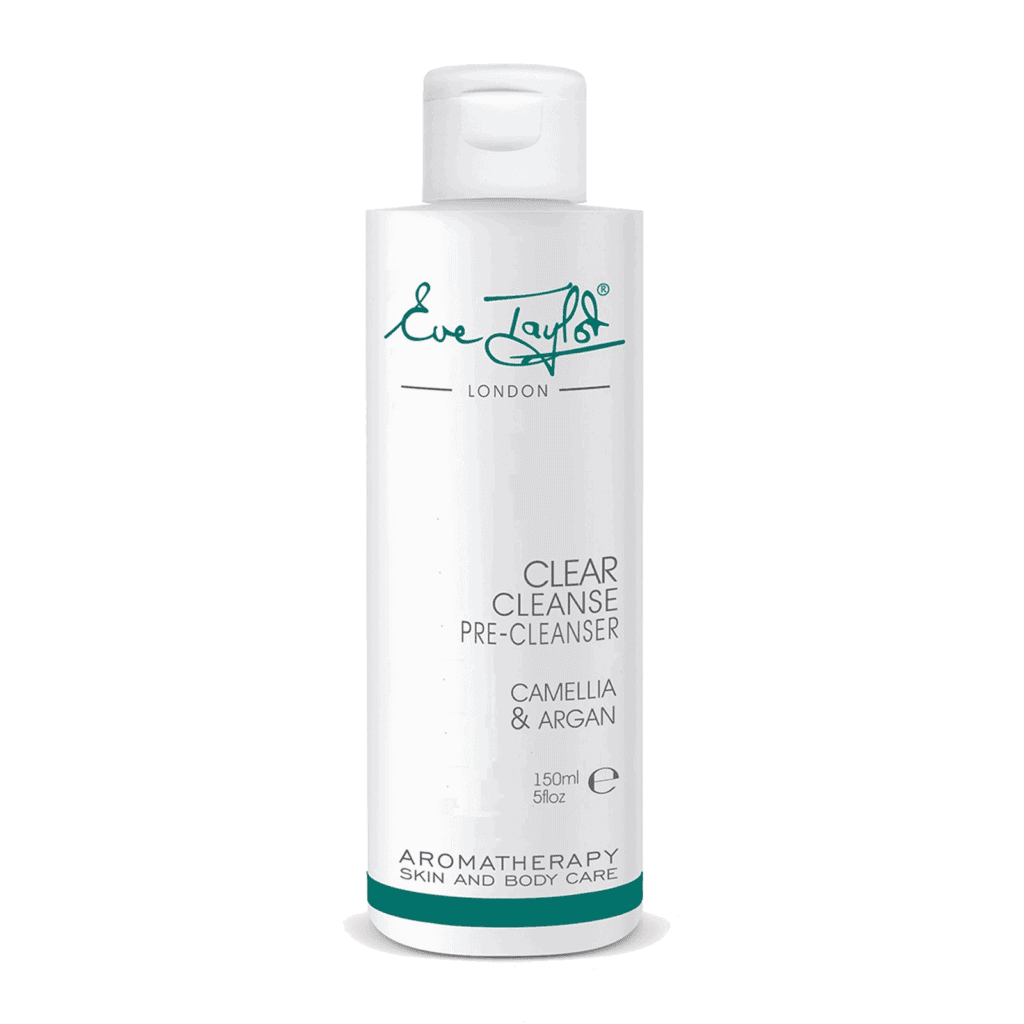
Alternatively, if you are required to wear a fair amount of makeup during the day for work, the Eve Taylor Clear Cleanse is the cleanser for you. With a sensational smell of grapefruit, sweet orange, and mandarin this cleanser gently yet very effectively cleanses away stubborn makeup while infusing an abundance of organic cold pressed oils into the skin. With key ingredients including argan oil, which is rich in vitamin E, antioxidants and EFAs to deeply nourish and moisturize skin, it also contains camellia to tackle and irritation the skin may be experiencing.
Using a good exfoliator is crucial to ensure the products you are applying are penetrating into your skin effectively, reduce the look of flaking dry skin and will help improve overall texture and complexion. Exfoliation can happen in a variety of forms from mechanical, enzymatic or chemicals such as AHAs or BHAs. For this time of year, using an exfoliant containing lactic acids, which is an AHA is a great choice due to its humectant properties. Lactic acid will boost hydration levels within the skin while simultaneously encourage cellular renewal, boost collagen production, and brighten skin all while it is exfoliating!
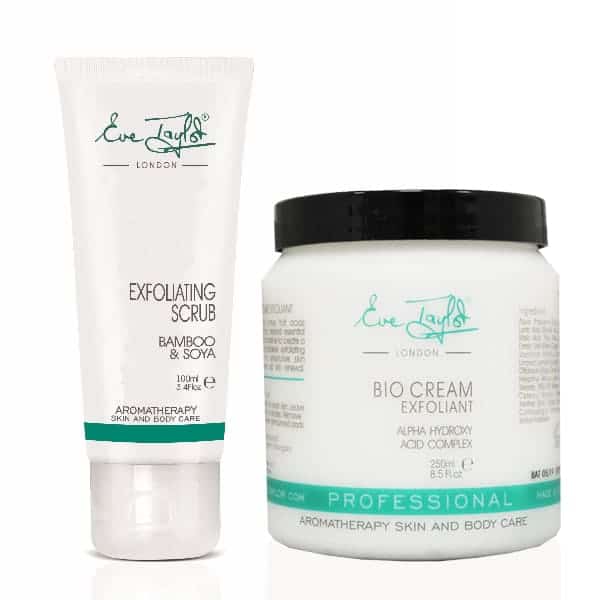
To get the most out of your skin care routine, use a combination of Eve Taylors Exfoliating Scrub and Resurfacing Cream Exfoliant. The Exfoliating Scrub mechanically exfoliates using bamboo spheres to gently buff the skin while other key ingredients such as soya, glycerine and dimethicone hydrate and nourish the skin. Once you have massaged that product into the skin for a few minutes remove and follow up with the Resurfacing Cream Exfoliant. Apply like a mask on the skin at let it sit for 10 minutes to allow the lactic and glycolic acids to even out the skin tone while sunflower oil puts EFAs back into the skin and the grape leaf extract calms any irritation. This combo will leave your skin feeling rejuvenated and illuminated.
Incorporating a good serum and cream combo into your skin care routine is absolutely essential to combat the harsh climate. When looking for serums you have the option between water or lipid-based formulations. Water based formulations that contains ingredients like hyaluronic acids and other powerful humectants are key for combating dehydration caused by a lipid deficiency in the skin. It is also just as important to include serums and creams afterwards that are rich in cold pressed oils, ceramides, and other lipids (like EFAs) to seal in that hydration and restore the moisture levels and barrier function of the skin. This is your greatest chance at combating the common characteristics and unpleasant feeling of dry and irritated skin.
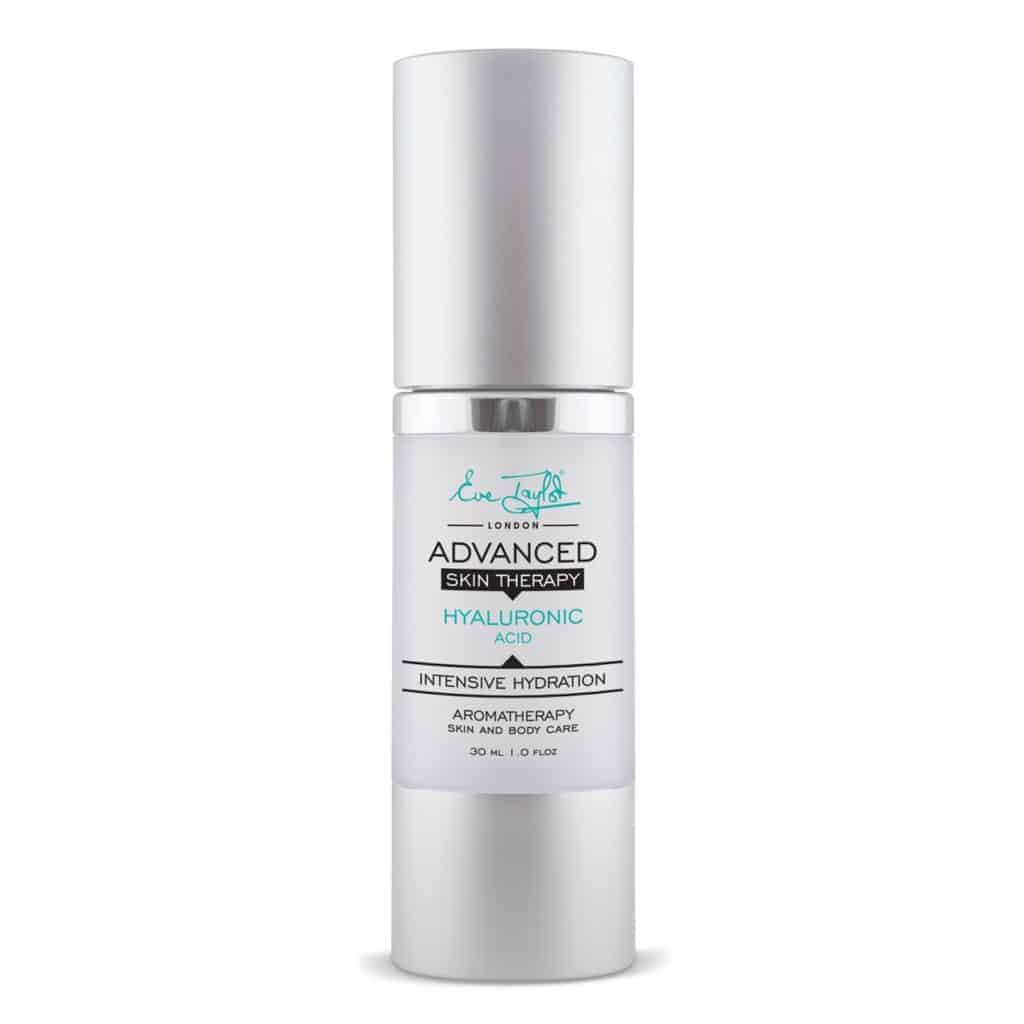
A powerful combination for this time of year would be serums and creams layered for ultimate protection and correction. To begin, apply the Eve Taylor Hydrating Serum with your finger pads in a press and roll motion onto your skin. This serum is pure hyaluronic acid, a humectant naturally formed within our skin. The formulation contains both low and high molecular weight molecules to hydrated upper and lower levels of the skin providing ultimate hydration. This should be followed by an oil-based serum to help nourish, moisturize and seal.
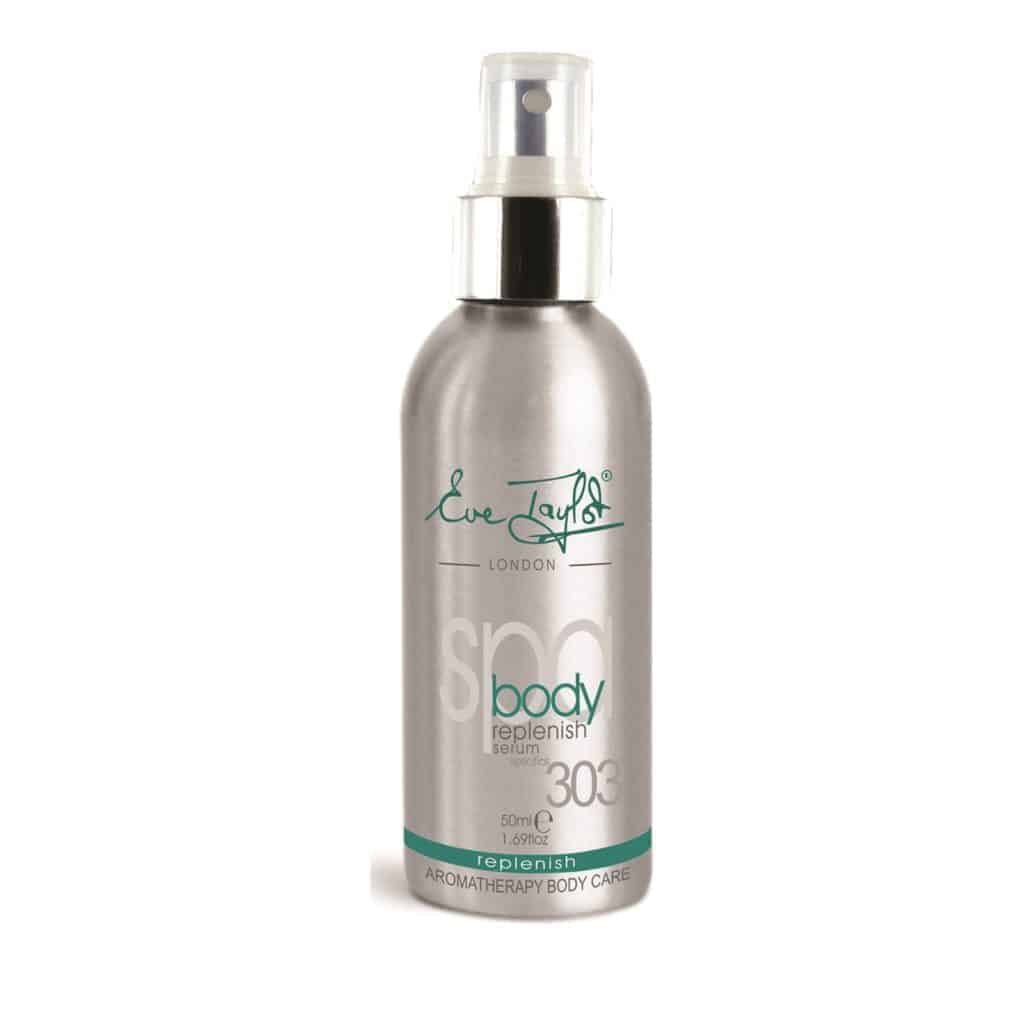
There are several phenomenal options within the Eve Taylor line depending on other skin care needs you would like to achieve. There is a line of aromatic serums that contain a mixture of organic cold pressed oils and essential oils, coming in 6 varieties,to meet any skin need and age-related concerns that you are dealing with. Alternatively, there is also a Body Serum, no. 303, that can be used on the face. It is also a cold pressed oil and essential oil mixture that targets pigmentation and elasticity concerns. If you tend to be on the more extreme end of dry skin, I would go one step further and use the advanced Nourishing Serum which is for extreme lipid dry skin. It contains a beautiful cocktail of cold pressed oils including argan, sunflower, grapeseed, soya, avocado and sweet almond for intense hydration.
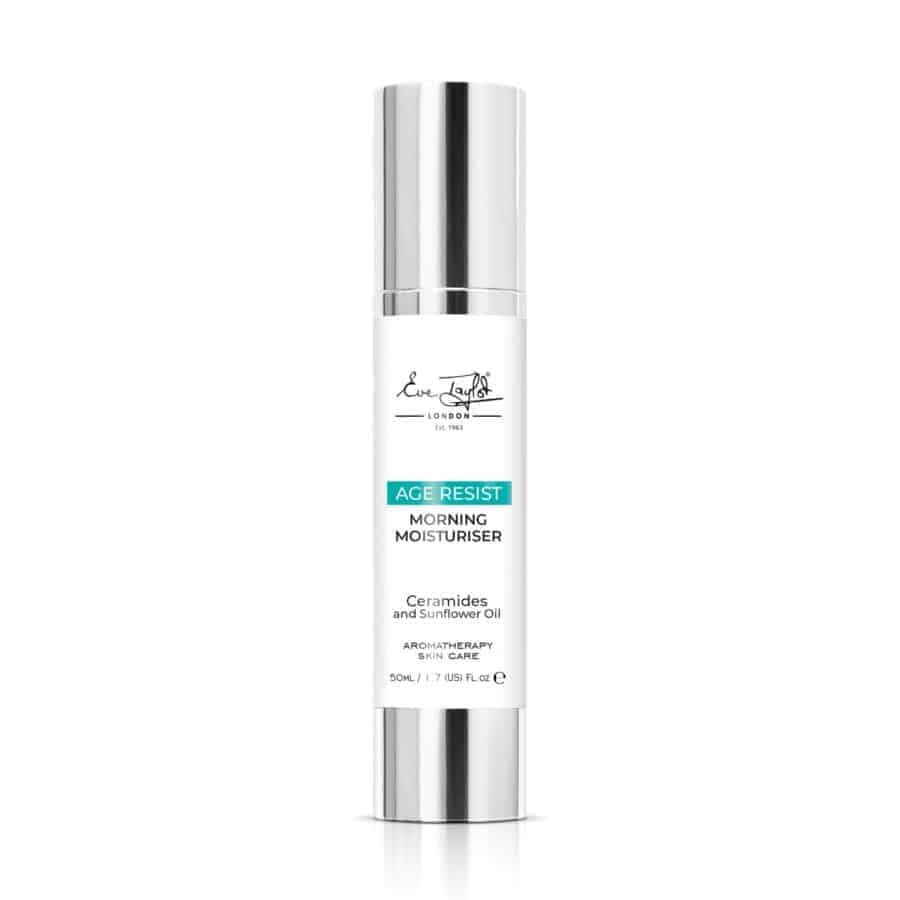
To complete the moisture replenishing steps you want to finish with a cream. For daytime use I would recommend the Eve Taylor Moisturizing Day Cream. This contains key ingredients for the skin such as ceramides (mentioned above as a key component of the lipid barrier), and sunflower seed oil rich in linoleic acid (a key EFA necessary for skin health and function). This also contains UV blockers with and SPF of 30. This will give the skin the protection it needs from the accelerated amount of UV rays being reflected from the snow.

During nighttime you can switch it up and use the Ultra Soothing Cream if you are experiencing more extreme reactivity in the skin. This cream is deeply nourishing and very calming using a collection of borage seed oil, sunflower seed oil and glycerine as a base to hydrate and moisturize while also having comfrey and dimethicone to bring down any inflammation and irritation/itching the skin may be experiencing. Alternatively, you could use the Soothing Cream if you skin isn’t extremely reactive as it contains sweet almond oil, sodium PCA and beeswax to hydrate while also including the addition of essential oils that will soothe the mind and body(skin).
Moving Beyond the Face
As winter causes issues on our skin, we must not forget to look after our skin everywhere, not just from a facial perspective. A few quick tips will help boost the comfort of your skin leaving your whole body feeling refreshed and hydrated.
While the body moisturizer you currently use may be effective during most of the year, we usually need to amp up hydration during colder weather. If you really love the lotion you are currently using and don’t want to switch, an easy solution is to include a lipid-based oil into the lotion to boost up the moisturizing properties.
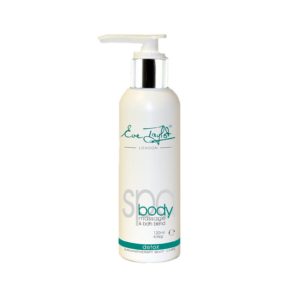
I would recommend the Wellbeing Massage & Bath Oil by Eve Taylor. You can add it to your cream and massage it into your skin to increase the lipid content on the skin as it contains grapeseed, avocado, jojoba and wheatgerm cold pressed oil. It also contains lavender, sandalwood, neroli and clary sage to soothe the senses giving a peaceful, relaxing feeling to the mind and soul.
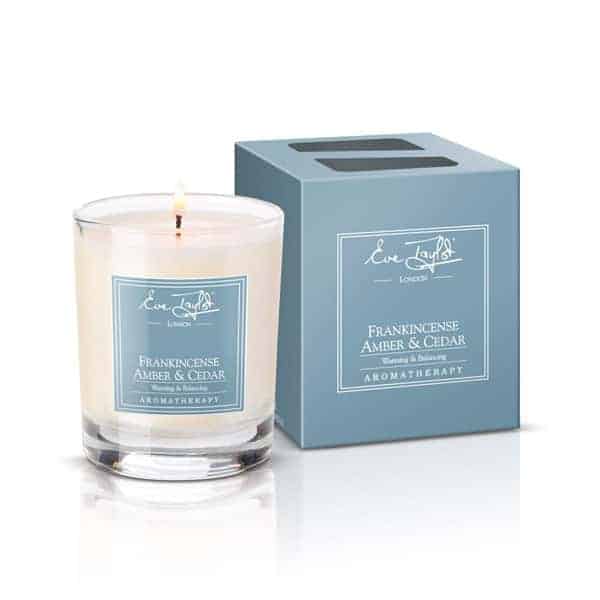
The Eve Taylor line also has luxurious soya based Aromatherapy Candles. These smell phenomenal coming in a variety of aroma blends, but most notably can also be used on the skin. After lighting a candle, the room will fill up with a beautiful aromatic scent and once the wax has melted enough, you can use a wood stick to scoop out the melted wax and massage into those extra dry areas of the body like the hands, elbows, knees and heels.
by Melissa Landry
